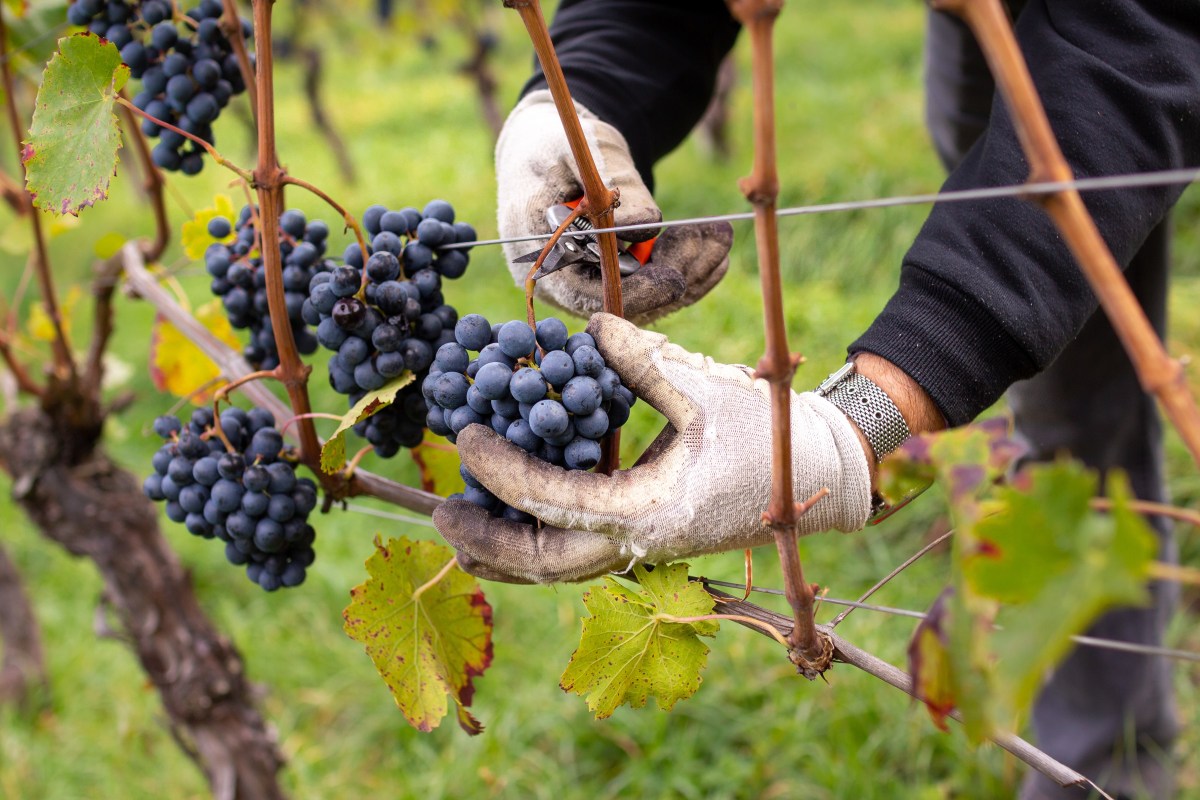A three-year initiative aimed at boosting market transparency and addressing long-standing information imbalances in Australia’s wine supply chain has concluded, delivering a suite of new tools and insights to support in the inland regions.
Funded by the Commonwealth Department of Agriculture, Fisheries and Forestry under the Improving Market Transparency in Perishable Agricultural Goods Industries program, the project was led by Wine Australia in collaboration with Australian Grape & Wine and the Inland Wine Regions Alliance. The transparency program was established in response to the Australian Competition and Consumer Commission’s (ACCC) inquiry into bargaining power imbalances in perishable supply chains.
Among the key outcomes of the initiative is the Grape Price Indicators dashboard, launched in November 2023. The tool aggregates 12 data sources into a single, interactive interface, providing growers with clear visibility into factors influencing grape prices. The dashboard has attracted more than 1830 users over the past year.
The tool also includes a directional pricing indicator, summarising overall market trends. According to project stakeholders, the model has proven reliable, with its 2025 forecast direction aligning with actual price changes recorded in the recently released National Vintage Report.
“It is not a silver bullet, but it provides growers with an independent source of information that can help them negotiate more confidently with their wineries by challenging offer prices that are not consistent with the market signals shown on the dashboard,” said Jim Caddy, Chair of the Inland Wine Regions Alliance and a member of the project steering committee.
The project also formalised a new partnership with the Australian Bureau of Agricultural and Resource Economics and Sciences (ABARES) to deliver independent price forecasts for major inland winegrape varieties. These forecasts are now published quarterly in ABARES’ Agricultural Commodities Report, which reaches an estimated 4000 readers each quarter.
“Their involvement has brought improved credibility and objectivity to pricing and forecasting models and gives growers reassurance that the information is coming from an independent source,” said Anna Hooper, Director of Economic and Environmental Policy at Australian Grape & Wine.
A significant component of the initiative focused on closing knowledge gaps in the domestic market, Australia’s largest market for wine. Outputs include:
- A stand-alone Domestic Sales Dashboard, to be officially launched at the Wine Australia Global Market Update today,
- Enhanced insights into Australian wine consumption patterns,
- A commissioned report into challenges and opportunities in the on-premise channel,
- Greater access to retail sales data through new collaborations with commercial data providers.
“Having clearer visibility of domestic consumption trends and potential opportunities has already shown benefits, allowing the entire supply chain to adapt and identify emerging opportunities. This helps support more sustainable and profitable outcomes,” said Paul Turale, General Manager Marketing at Wine Australia.
He added: “While Wine Australia has always supplied detailed pricing and volume for export wine, this project has enabled the industry to develop much improved domestic sales insights, allowing growers to source more comprehensive information to help them make decisions.”
The project concluded in June 2025, delivered on time and within budget. Wine Australia CEO Dr Martin Cole said the outcomes would have lasting impact on the industry’s data and decision-making capabilities.
“The thoughtful and collaborative nature of this project, coupled with extensive consultation and co-design with grower organisations, means we’ve delivered practical tools with long-term value,” he said.
“The in-house skills and capability developed through this project will ensure these tools continue to evolve to meet the sector’s changing needs.”
Minister for Agriculture, Fisheries and Forestry Julie Collins also acknowledged the initiative’s contribution to regional resilience.
“The wine sector plays a big role supporting jobs, tourism and the economy in Australian regional communities,” she said.
“From vineyard to cellar-door, improving access to information supports growers and winemakers to make informed decisions and build a stronger sector now and into the future.”

